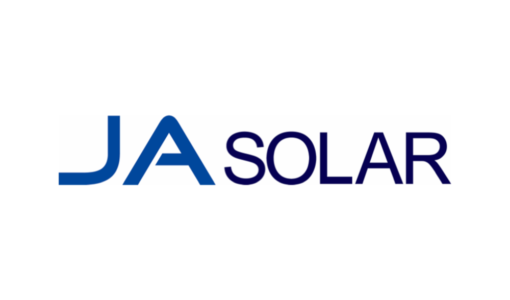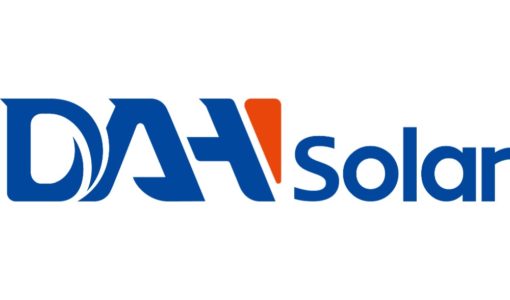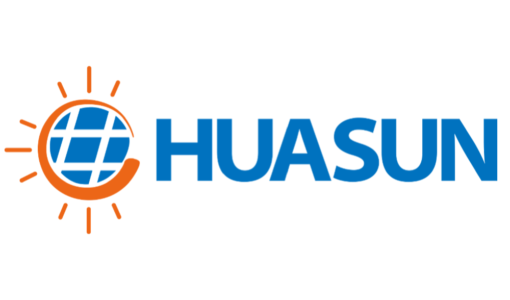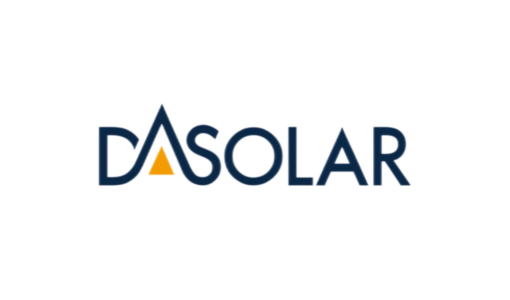- The European Commission has announced anti-dumping and anti-subsidy measures imposed on Chinese solar panels imported into Europe will end, with effect from midnight on September 3, 2018
- The decision factors in the needs of both producers and those using or importing solar panels in Europe
- The Commission also thought about the new renewable energy target for the region
- It will give access to panels priced at world market levels to solar investors in the European Union
It is official. The European Commission has finally taken the call to put an end to protectionist measures against Chinese solar panel producers importing into European Union (EU). Confirming a recent Reuters report, the EC announced on Aug. 31 that the EU anti-dumping and anti-subsidy measures on solar panels from China will come to an end from midnight on September 3, 2018 (see End Of MIP On Chinese PV Modules Close).
In a brief statement issued on the subject, the EC said it took into account the needs of both producers and those using or importing solar panels, ultimately deciding it was in the ‘best interests of the EU as a whole to let the measures lapse’. It also referred to the revision of an earlier EU 2030 renewables target of 27% to now 32%.
Rejecting EU solar panel producers’ request for an expiry review investigation beyond the scheduled 18 months since March 2017, the EC said, it found the market situation not having changed to the extent to justify a further extension over 18 months.
Owing to the measures in place, European consumers did not have access to panels at much lower world-market level prices. The 18-month period was a compromise between competing interests. “The level of the measures has gradually decreased over time to allow the prices of the imports into the EU to align progressively with world market prices,” read the press statement from the commission.
For European project developers, as well as the end consumer, this decision works well at a time when the world’s three largest solar power markets have regulatory issues blocking the further growth of solar. China doesn’t need too much panels after its subsidy cuts end of May, the US has imposed safeguard tariffs on imported solar cells and modules, and India is preparing to levy safeguard duty on imported solar cells from China and Malaysia.
The excess capacity of Chinese producers is now expected to flood Europe at low prices. Till now, they were forced to sell in European market through their facilities in Southeast Asia, where manufacturing costs are slightly higher. However, the fall of the MIP could negatively impact Taiwanese solar cell makers, according to Digitimes as it will increase lower-cost competition for them.












